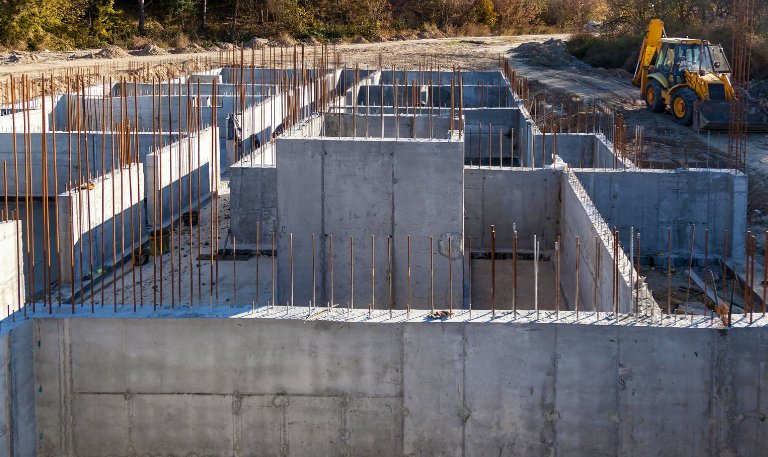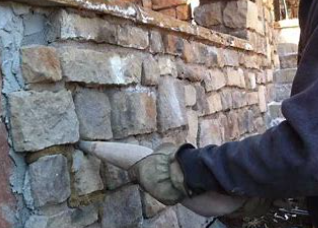Aggregate Calculator: How Much Do You Need?
If you are interested in mixing concrete to build an object, it’s expected that you will want to get all components right. Besides water and cement, the other components of concrete that you need are aggregates, including sand, gravel, and rock. Getting the correct measurement of the required components will ensure a precise estimate of all materials you need to make the concrete, allowing you to neither waste money on excess materials nor buy less than the required amount.
As easy as it could be to use an aggregate calculator to get the information on how much aggregate materials you need, it will be better to get used to the offline method of calculating. Once you get accustomed to the offline way, you will be able to understand the process intimately and easily calculate on sites without network coverage. In this article, you can explore how to calculate the required amount of different aggregates.
Brick Sand
Brick sand is generally used to make mortar for construction projects by mixing it with cement. To find the required quantity for a project, you should use a 3:1 ratio of brick sand to cement if you use Type N or S cement. Therefore, you will need three bags of brick sand if you have one bag of Type N or S cement.
It’s crucial to calculate brick sand because it must be put in the required quantity to perform its functions in the mortar. Some of its functions include its ability to create cheap mortar without reducing the strength and the capability to allow Carbon dioxide to reach the depth of the mortar to enhance the setting process.
Decorative Aggregates
Builders use decorative aggregates to create a visually pleasing sight for construction projects. If you want to calculate the exact amount required for a construction project, you can calculate the width and depth of the place to be filled with the stones. Once you do that, try to get stones as long as the depth’s measurement and estimate their width. Then, divide the area of the place by the width of the stone, and you will know how many to buy.
Make sure you remember to use decorative aggregates in your project because they enhance drainage and prevent flooding. The decorative aggregates, once properly laid, also require little to no maintenance to keep looking good.
Construction Aggregates
Construction aggregates are usually used to create bases for a construction project because of their critical role in supporting structures. To calculate construction aggregates, there is no process to go through since there is a standard measurement of a yard of construction aggregates being 27 cubic feet.
Despite its seemingly straightforward nature, it’s still vital that you remember to increase the quantity of construction aggregates by 20% because they will be compacted during delivery. It’s essential that you get this right because of the importance of construction aggregates to construction projects regarding how they serve as fillers and give the project a solid footing.
Find the Different Aggregates You Need at Ernest Maier
If you have calculated the exact amount of aggregates you need for your project and you want to buy them, Ernest Maier is the best place for you. We have gravel, stone, sand, and rock to satisfy your precise requirements and ensure you get a solid project. We also provide delivery of products and construction consultation. Kindly contact us, and we will get back to you shortly.

Mobile Tool StoreRoger Joya
Latest News

4 Ways To Reinforce Concrete
Concrete is one of the most fundamental materials used in construction. If you’re working on a domestic project or a […]

The Environmental Benefits Of Using Ready-Mix Concrete
The construction industry is changing quickly to meet the growing demand for sustainability and eco-friendly practices. One of the most […]

6 Essential Tips For Grouting Stone Veneer
Grouting stone veneer is an important step in the installation process that can significantly impact the overall look and durability […]

Should You Fill Hollow Concrete Blocks?
Hollow concrete blocks are widely used in construction due to their strength, versatility, and lighter weight compared to solid blocks. […]
